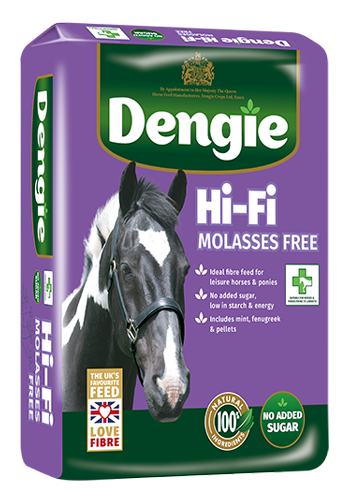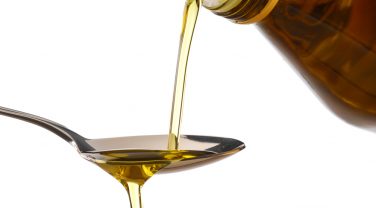Facts about sugar in horse feed
Sugar in feeds – the facts
- Grass is the greatest source of sugar in most horses rations
- Most fibrous materials including straw will contain some sugar – feeds are rarely sugar free
- No added sugar is a more accurate term – with chopped fibre feeds it means the fibre either has no coating added at all or an oil coating has been used which doesn’t contribute any sugar
- If a company declares a sugar level this should refer to the simple sugars and would not include storage sugars such as fructan
- Water soluble carbohydrates (WSC) includes storage sugars and so will be a higher value than simple sugars
- Sugar levels declared by a company are a typical value – there will be some variation in levels for every product no matter who produces it. A difference of 1 or 2% in declared levels between products makes very little difference as the levels in each product can easily vary that much.
- Some companies just use reference values rather than testing their own products and some companies test their products more regularly than others!
- It is important to consider how much fibre feeds weigh – a whole Stubbs scoop is only 300-500grams of most fibre based chops or chaffs. If that feed is 10% sugar it supplies 30-50grams of sugar. A section of hay (approx. 2kgs) containing 12% sugar provides 240grams of sugar. You could feed 5 to 8 scoops of the fibre feed and provide the same amount of sugar as one section of hay.
- It is also important to consider what other nutrients the fibre feed provides – alfalfa and grass based fibre feeds will provide more minerals, vitamins and protein for example than a straw based feed
For more information please contact the Dengie Feedline on 01621 841188



